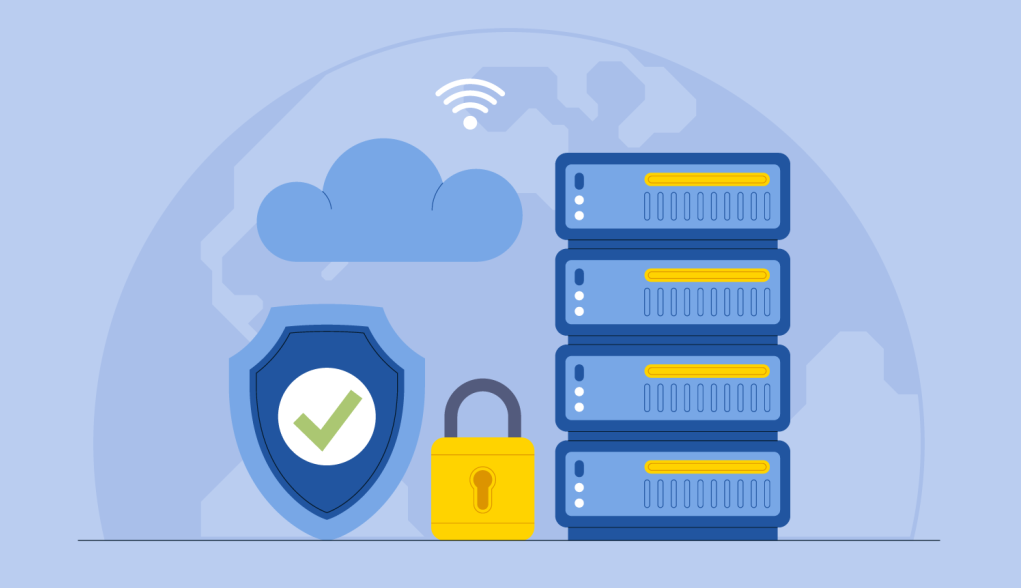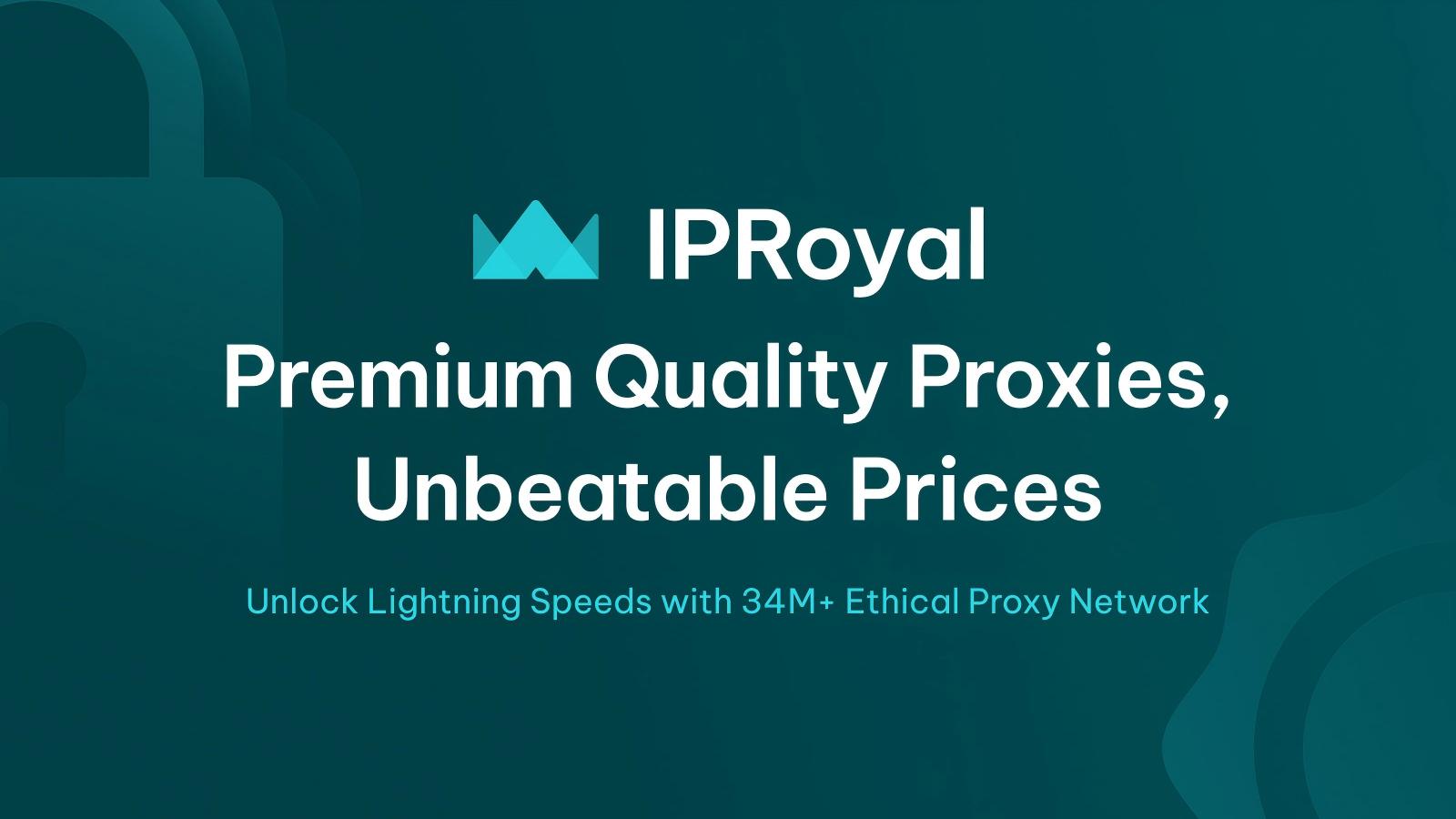Discover how proxies can bolster Intellectual Property (IP) protection. Learn their pros and cons, practical implementation, and understand real-world scenarios.
Intellectual property (IP) has become a priceless resource in the modern world of accelerating technological development and globalization. It fuels innovation, fosters competitiveness, and propels economic growth. However, with this digital era’s conveniences also comes the elevated risk of IP theft.
A “proxy” is a frequently underutilized but powerful tool for IP security. A user’s computer and the internet are connected through proxies, adding an extra layer of protection and anonymity. They mask the user’s identity, making it more difficult for potential infractors to steal or misuse one’s IP assets.
This article gives readers a thorough grasp of proxies’ function in defending intellectual property. With this knowledge, you can better navigate the digital landscape and safeguard your creative and innovative endeavors.
What is a Proxy?

A proxy or proxy server is an intermediate between your computer (or another device) and the internet. It receives requests from users, processes them, transmits them to the internet, gets the answer, and then delivers the user the result. This process effectively masks the user’s IP address, providing additional security and anonymity in online activities.
For instance, a forward proxy stands between the user and the internet, serving the user’s requests. It’s the most commonly used type, often called a ‘proxy.’ In contrast, a reverse one sits in front of web servers, distributing network traffic to multiple servers to balance the load and ensure smooth operation.
A more specific type is the residential type. These use real IP addresses, offering higher anonymity and reducing the risk of being blocked compared to data center proxies, which share IP addresses among multiple users.
Intellectual Property and Its Types

Intellectual Property (IP) refers to creations that originated in the human mind – inventions, artistic and literary works, symbols, names, images, and designs used in commerce. IP is divided into two types: Industrial Property and Copyright.
Patents for innovations, trademarks, industrial designs, and geographical indicators are all examples of industrial property.
- Patents: A patent is an exclusive right granted for an invention. The patent owner gets the legal right to prevent others from making, using, or selling the patented design for a specific period, generally 20 years.
- Trademarks: A trademark is a distinguishing expression, design, or symbol that highlights one source’s goods or services from those of another. A recognized trademark gives the owner the right to prevent others from using a similar mark that can confuse the public.
- Industrial Designs: The visual design of products is protected by an industrial design right, a type of intellectual property right that is not purely utilitarian.
- Geographical Indications: A geographical indication is a sign used on goods that originated in a particular place and have characteristics or a reputation resulting from that place.
Copyright protects written works (like books, poetry, and plays), visual arts (like sculptures, paintings, and pictures), and musical compositions. Copyright ensures that the creators of various works can control their use and gain recognition and financial benefit from their creations.
Proxies and Intellectual Property Protection

While proxies are generally known for facilitating access to blocked content or anonymous browsing, they also play a significant role in intellectual property protection. Here’s how:
Anonymity and Privacy
The main feature of such a server is the ability to provide anonymity to users. This function is particularly useful for businesses conducting research and development. Employing a proxy enables firms to conceal their IP addresses, making it more challenging for rivals to monitor their activity or efforts to access their servers.
Competitive Research
Businesses frequently need to do market research to keep ahead of the competition. However, doing this openly can expose the company’s interests and strategies to competitors. Such technology can provide anonymity during such research, keeping the company’s actions private.
Protecting Trade Secrets
Businesses often have trade secrets that, if exposed, could give competitors an unfair advantage. Employees accessing these secrets on company networks could inadvertently uncover this valuable information. With a proxy, businesses can better protect their trade secrets by masking the IP addresses of devices accessing this information.
Geolocation Benefits
Managing intellectual property rights across different geographies can be challenging for businesses operating in multiple jurisdictions. Using a proxy with IP addresses in the respective countries can help companies view and monitor their IP as if they were locally present, allowing them to manage rights and enforce violations more effectively.
Consider a corporation developing a ground-breaking new product to illustrate the concept. Through such technology, the company can perform market research, assess competitor offerings, and even test market reception to similar products while keeping their activities and identity hidden. This precaution can protect the company’s innovative idea (intellectual property) from being prematurely exposed to competitors.
Pros and Cons of Using Proxies for IP Protection
Like any tool, using proxies for intellectual property (IP) protection comes with advantages and potential downsides.
Advantages
- Anonymity: The most obvious benefit of using proxies is their anonymity. By masking your IP address, proxies make it difficult for anyone to track your online activities, effectively safeguarding your trade secrets and confidential data.
- Geo-Unlocking: Proxies can simulate a presence in different geographical locations. This ability is helpful for businesses that must protect their IP in multiple jurisdictions, enabling them to handle IP rights and potential violations effectively.
- Data Protection: Proxies provide additional security against cyber threats such as hacking and data breaches, which can expose sensitive information to unauthorized parties.
- Competitive Research: By masking your identity, proxies allow businesses to conduct competitive research without revealing their interest in specific data or subjects.
Disadvantages
- Potential for Misuse: The same anonymity that provides protection can be misused by employees or other stakeholders, enabling activities such as unauthorized access or dissemination of sensitive information.
- Latency Issues: Depending on the proxy server’s quality and location, proxies can sometimes slow down internet connection speeds, which might impact efficiency.
- Cost: High-quality, reputable proxy services often come at a cost. Businesses must therefore weigh the benefits against the charges.
- False Sense of Security: Proxies can enhance security, but they aren’t foolproof. Some may assume that using such technology makes their data completely safe, which can lead to complacency. Proxies should be part of a multi-faceted approach to IP protection.
Practical Steps to Using Proxies for IP Protection

Using proxies for IP protection requires a strategic approach. Here are practical steps to effectively employ proxies for this purpose:
- Identify Your Needs: Identify what kind of IP protection your business needs. Is it about keeping your research and development activities private? Are you trying to safeguard your trade secrets from competitors?
- Choose the Right Type: There are various types of proxies, including forward proxies, reverse proxies, residential proxies, and data center proxies. Each has its unique features and is suited to specific tasks. For instance, a residential type is ideal for geo-specific activities, while data center proxies can be good for general anonymity.
- Identify Your Needs and Find Professionals: Start by identifying what kind of IP protection your business needs. You might need to find intellectual property specialists who can advise on complex issues. You can use platforms like SignalHire to find and connect with such professionals.
- Select a Reliable Provider: Not all proxy providers are created equal. Some providers may not provide the level of security and privacy you require, while others may be too expensive.
- Configure Your Proxy Settings: Once you’ve chosen a provider, you must configure your settings. For example, it usually involves inputting the server’s IP address and port number into your device’s network settings. Some providers offer dedicated software or browser extensions to make this process easier.
- Test Your Software: Before entirely relying on your new proxy for IP protection, test it to ensure it’s working correctly. Try accessing websites and checking your IP address to confirm that your real IP isn’t being exposed.
- Educate Your Team: If you’re using proxies in a business context, educating your team on their proper use is essential. This should include guidance on accessing sensitive information through the proxy and the potential repercussions of misuse.
Final Thoughts
Proxies serve as a powerful tool for intellectual property (IP) protection in the digital landscape. They offer anonymity and security for businesses, enabling competitive research and safeguarding trade secrets. However, they are not a standalone solution. Their effectiveness depends on their strategic use within a broader IP protection plan. This approach ensures a robust defense against potential threats while maximizing the digital realm’s opportunities.
